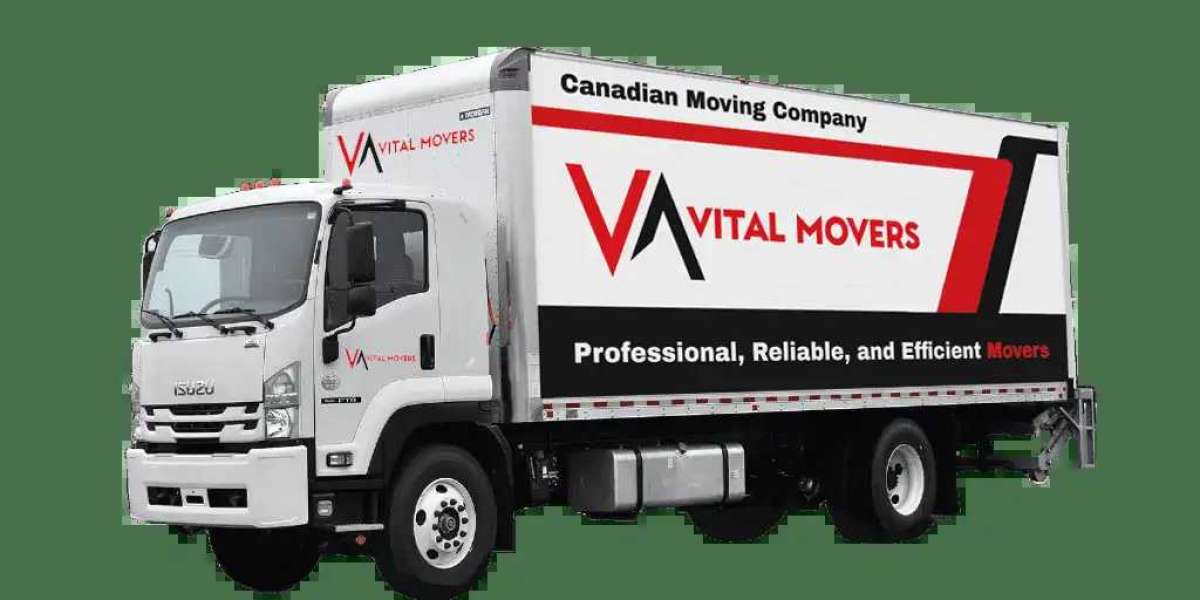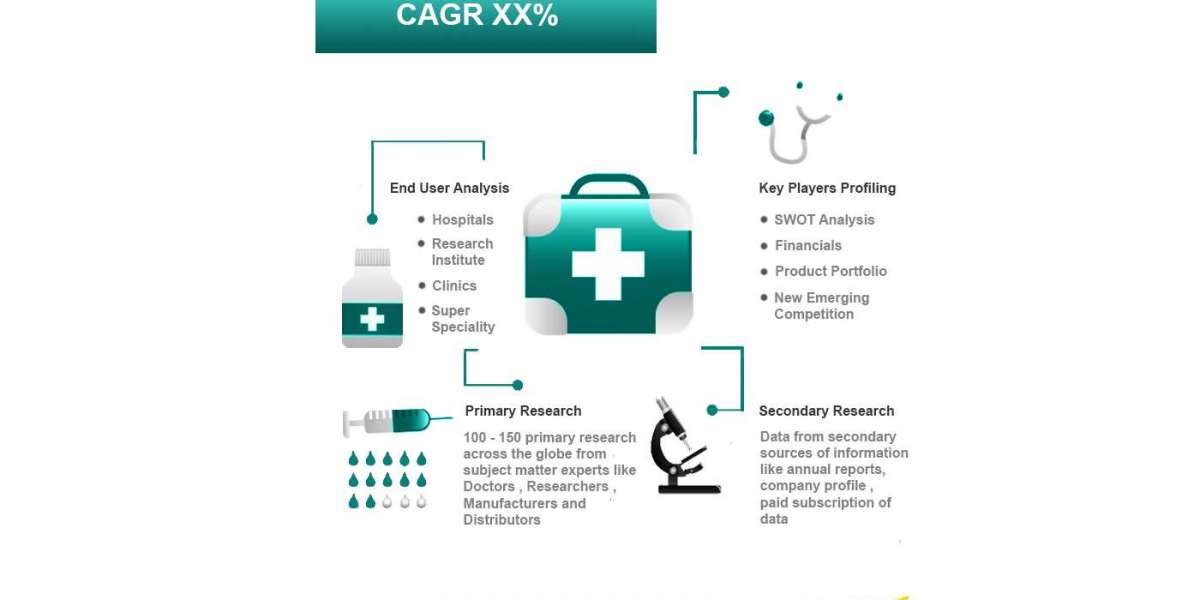Property tokenization refers to representing real estate assets like buildings or land as programmable digital tokens on blockchain networks. This transformation introduces major improvements around fractional ownership, 24/7 liquidity, operational automation and transparency. As adoption grows, property tokenization promises to unlock trillions in currently stagnant value by upgrading how real estate is issued, owned and exchanged.
What is Property Tokenization?
Property tokenization involves issuing blockchain-based security tokens which digitally represent fractional ownership interests in a real estate asset. These property-backed tokens grant fractional shares that are embedded with ownership rights that can be transparently traded on secondary markets.
For a $10 million building for example, it would tokenizate into 10 million tokens each conferring $1 worth of underlying property ownership that is now held as a digital token. These blockchain-based fractional property tokens unlock new opportunities arounddemocratized participation, liquidity enhancement and built-in programmable automation.
Enhancing Liquidity in Traditionally Illiquid Assets
One of the most impactful benefits property tokenization introduces is enhanced liquidity. Traditional real estate investments like direct buildings, REIT shares or funds suffer from illiquidity – the inability to readily convert ownership to cash. By wrapping properties into globally traded blockchain-based tokenized formats however, liquidity dramatically improves as 24/7 fractional peer-to-peer exchange opens up across borders.
Tokenized property markets promise to unlock trillions worth of previously inactive value by mobilizing fractional ownership interests in tangible bricks-and-mortar assets connected to predictable rental income streams. Greater tokenized property liquidity will likely have macro impacts on construction pipelines and employment given the sheer scale of new trading activity it promises to unleash as adoption grows.
Automating Asset Administration and Compliance
In addition to liquidity improvements, property tokenization also streamlines cumbersome legacy tasks like tracking owners, collecting rents, accounting, reporting etc. that burden real estate administration workflows. Instead, parameters governing cash flows, transfers, disclosures etc. directly embed into property token smart contracts that autonomously execute based on coded rules.
This property rail upgrading through on-chain programmability reduces back office costs while providing tenant occupancy insights alongside complete transparency into ownership records, rent distributions, maintenance reserves etc. Property investments migrate from opaque black boxes to transparent on-chain environments with built-in compliance adherence.
The Outlook for Tokenized Property Assets
According to Deloitte, real estate tokenization infrastructure will likely mature over the next 3-5 years as stakeholders embrace fractional tokenized models. As regulation and technology stacks evolve to provide a robust ecosystem, global property token trading could become widespread by 2030. Leading organizations like the InterWork Alliance are already developing token standards to drive adoption.
Overall, blockchain-based property tokenization combines the best of technology enhanced liquidity and access with real asset tangibility. It could emerge as an ideal digital store of value primed for growth as part of diversified multi-asset portfolios in the Web 3.0 revolution ahead. The tokenized property markets future is undoubtedly a bright one.








